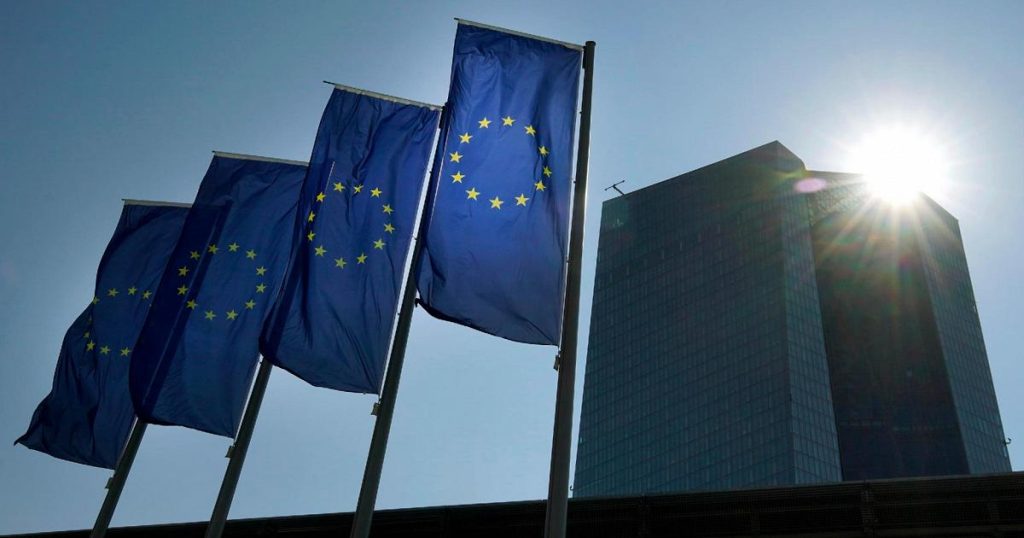In June, the average inflation rate in the Euro area dropped to 2.5% on an annual basis, compared to the slight increase to 2.6% that was recorded in May. This data comes from a flash estimate by Eurostat, the statistical office of the European Union. Looking at the main components of inflation in the Euro area, it is predicted that services will have the highest annual rate in June (4.1%, unchanged from May), followed by food, alcohol, and tobacco (2.5%, down from 2.6% in May), non-energy industrial goods (0.7%, unchanged from May), and energy (0.2%, down from 0.3% in May). The recent decrease in inflation has led the European Central Bank (ECB) to cut interest rates for the first time last month after a period of stability following the last increase in September of the previous year.
The easing of inflation in recent months prompted the ECB to make its first interest rate cut in a long time, following a period of stability. This decision came after the completion of the most aggressive tightening cycle in the bank’s history. The ECB’s move reflects a more cautious approach towards monetary policy in response to economic conditions. The inflation data for June shows a slight decrease in the overall rate, with services remaining the main driver of inflation, while other components such as food, alcohol, and tobacco showed a slight decline. The ECB’s decision to lower interest rates aims to support the economy and encourage spending and investment.
The European Central Bank’s decision to cut interest rates in response to the decline in inflation comes after a period of stability and a long cycle of rate hikes. The ECB’s objective is to stimulate economic growth and prevent deflation. Despite the recent decrease in inflation, the European Central Bank continues to monitor economic data closely and adjust its monetary policy as needed. The ECB’s move to lower interest rates reflects a cautious approach in response to changing economic conditions and aims to support the Eurozone economy.
The moderate decrease in inflation in the Euro area in June reflects changing economic conditions and the European Central Bank’s response to these changes. Services remain the main driver of inflation, while other components such as food, alcohol, and tobacco showed a slight decline. The ECB’s decision to cut interest rates for the first time in a long time reflects a more cautious approach to monetary policy following a period of stability and a cycle of rate hikes. The ECB’s objective is to stimulate economic growth and prevent deflation, supporting the Eurozone economy through appropriate monetary policy measures.


